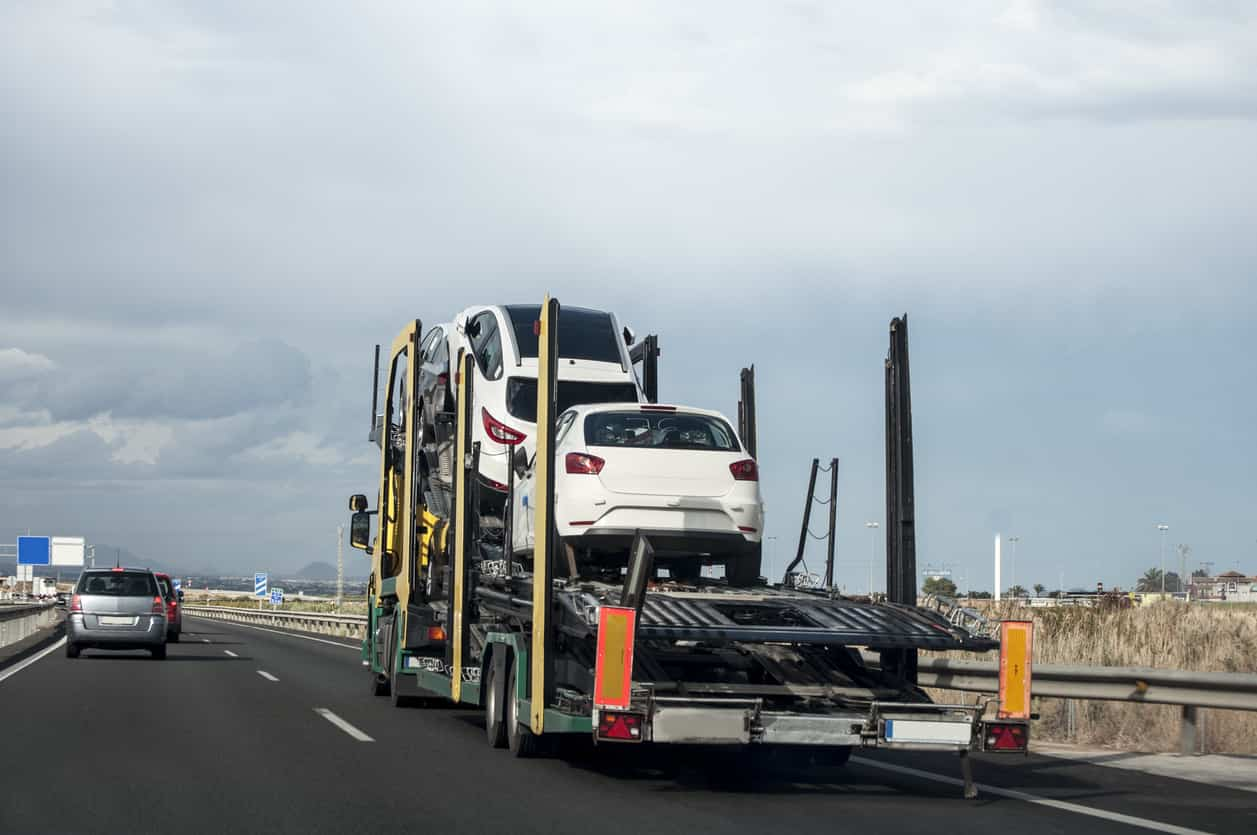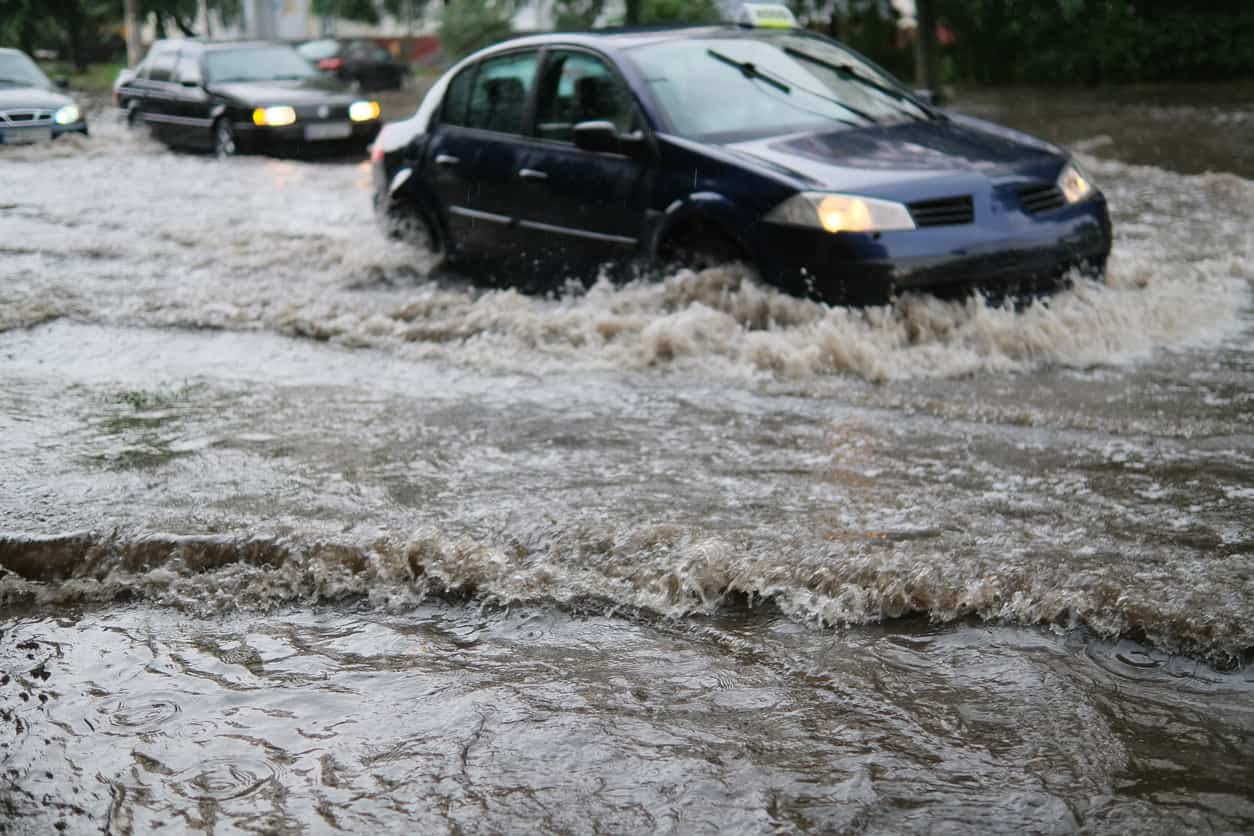Introduction With the changing climate and unpredictable weather patterns across the United States, the car shipping industry must adapt. While most individuals believe sunny skies are perfect for transporting vehicles, it’s crucial to understand the various weather challenges in different states and how these can affect car shipping. In this article, we delve deep into these challenges, offering insights and strategies for safe and efficient vehicle transport.
The Art of Shipping in Rainy Regions
Pacific Northwest: Drizzles and Dampness Primarily covering states like Washington and Oregon, the Pacific Northwest is notorious for its consistent rainfall. Here, shipping companies need specialized equipment to prevent potential water damage. Moreover, slippery roads demand experienced drivers and well-maintained vehicles.
Southeast Coast: Hurricanes and Humidity States like Florida and the Carolinas occasionally face the wrath of hurricanes. Besides the immediate threat, residual flooding and fallen trees can obstruct transport routes. Proactive planning is essential, often requiring route alterations and schedule adjustments.
Navigating Snowy Terrain
Northeastern Winters: Snowstorms and Slush New York, Massachusetts, and nearby states often experience heavy snowfall, which can lead to slippery roads and reduced visibility. Shipping companies need to invest in snow chains, winter tires, and frequent vehicle maintenance checks.
Midwestern Freeze: Icy Roads and Cold Winds States like Minnesota and Wisconsin grapple with ice-covered roads and intense cold. Car transporters often use anti-freeze fuel additives and ensure that vehicles are adequately covered to prevent frost damage.
Desert Dynamics: Sandstorms and Searing Heat
Southwest Sun: Radiant Rays and Dryness In states like Arizona and New Mexico, the blazing sun can be detrimental to car exteriors. UV protective covers are indispensable, ensuring that paint jobs remain unharmed and interiors don’t overheat.
Tackling Tornado Alley: Swirling Winds and Safety Measures
Central Plains Challenges: Vigilance and Versatility Oklahoma, Kansas, and parts of Texas are often in the path of tornadoes. Transporters in this region need to stay updated with real-time weather alerts and have contingency plans, like secure parking spaces and alternative routes.
California Quirks: Fires, Fogs, and More
Golden State Gauntlet: Diverse and Demanding California, with its vast expanse, faces a multitude of weather challenges. From San Francisco’s thick fogs to Southern California’s wildfire threats, transporters need a keen understanding of localized weather events and top-notch equipment.
Shipping Solutions: Best Practices in Car Transportation
Incorporating technology, like GPS and weather tracking apps, has become essential. Real-time updates allow for route changes, ensuring safety and timely deliveries. Moreover, building a network of local informants across states can provide early warnings and firsthand information.
Conclusion Weather plays a pivotal role in the car shipping process across the United States. From rain-soaked roads of the Pacific Northwest to the sweltering sun of the Southwest, each region poses unique challenges. By understanding these dynamics and implementing best practices, one can ensure safe and efficient vehicle transport.
FAQs
- What precautions do shipping companies take during hurricane season?
Shipping companies monitor weather forecasts closely, often rerouting vehicles to avoid storm paths. Additionally, they may reschedule shipments or use enclosed carriers to protect vehicles from rain and debris. - How do transporters handle cars during snowstorms?
Transporters use snow chains, winter tires, and ensure regular maintenance. Additionally, they might opt for enclosed carriers to protect vehicles from snow and salt damage.





